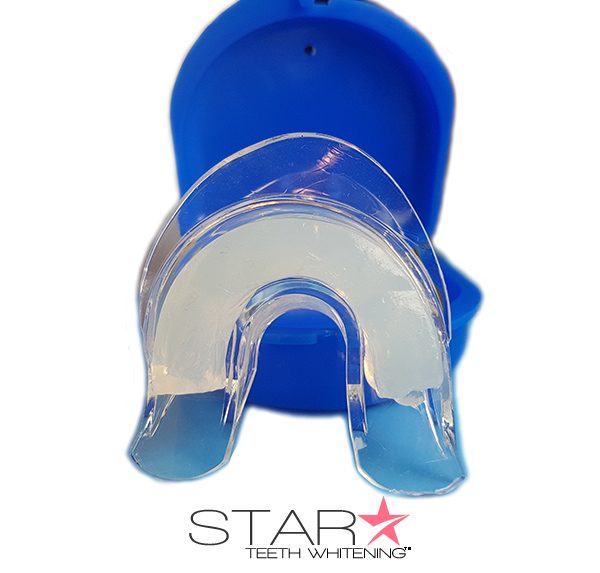Dental Bridges – Procedures, Types, and Cost
People having one or a few missing teeth are always conscious about their smile, and the reason is quite obvious. Missing teeth pose to be a lot of problem and they also create many added problems, such as occlusion or bite, teeth shifting, speech impediments, temporomandibular joint disorder and risk of periodontal diseases. It also increases the chances of tooth decay.
 Dental bridges, basically false tooth / teeth, are now one of the most effective ways of recovering missed teeth. Also called pontic, these bridges are fixed in between two crowns (porcelain) that helps in filling in the spot of the missing tooth/teeth. Dental bridges are quite similar to partial dentures and implants used for replacing lost teeth.
Dental bridges, basically false tooth / teeth, are now one of the most effective ways of recovering missed teeth. Also called pontic, these bridges are fixed in between two crowns (porcelain) that helps in filling in the spot of the missing tooth/teeth. Dental bridges are quite similar to partial dentures and implants used for replacing lost teeth.
Dental bridges are of different types, such as the fixed dental bridges that cannot be removed, conventional fixed bridges, resin-bonded bridges and cantilever bridges. The cantilever and conventional bridges usually require the shaping of the surroundings of missed teeth. Crowns are placed on these shaped teeth and then these are finally attached to the artificial tooth, which is the pontic.
This seems to be more of a complicated procedure. However, the resin-bonded dental bridge does not require much preparation of the adjacent teeth. It is used for replacing the front teeth while the gums are in a healthy condition and the surrounding teeth have no dental fillings or previous works.
The Dental Bridge Procedure
The procedure isn’t something very complicated. The bridges are meant for missing tooth or missing teeth, and if you are having any such problem, this is the perfect solution for you. A custom made bridge will be provided to you to replace the missed teeth with a false teeth. These false teeth are then attached to the mouth with the help of a bridge to the surrounding teeth that binds them together.
In the very first step, the cosmetic dentist will need to prepare the teeth on both the side of the missing teeth for a false tooth. Anesthesia is required to numb the particular area and then your cosmetic dentist will finally remove the area of the abutment or the teeth on both sides of the gap for accommodating the crown according to its thickness. The initial preparation is very important and the most crucial step too, for an effective dental bridge.
If the surrounding teeth that would be required for support are either broken or decayed, your cosmetic dentist will have to rebuild them so that the bridge gets adequate support to stay on for long.
After the preparation of your teeth, your cosmetic dentist will take an impression of your prepared teeth with the help of typical materials, almost like putty that will be used later on for creating a model of the teeth. The bridge will be fabricated according to the model by a proficient technician in a dental laboratory.
This is done with a lot of precision so that you actually get a well-fitted bridge for your teeth. It is very important that the restoration fits inside your mouth perfectly in order to avoid any further problems with your oral health, like tooth decay.
Whilst the dental bridge is being prepared and fabricated, your cosmetic dentist will provide you with a bridge that would give you temporary support. This will also prevent your gums and teeth from any damage until the permanent bridge is made for use.
The procedure is completed only after the dental bridge is made for you. You need to collect it from the dental office on your second visit and your cosmetic dentist will fit the bridge and get it cemented for permanent effect.
Are you a Candidate for Dental Bridges?
Dental bridges are the perfect treatment for people having one or more than one missing teeth. If you are also suffering from a problem like this and you have healthy gums and good oral hygiene, you can ask your cosmetic dentist whether or not you can opt for dental bridges. If the spaces between teeth are not filled properly, it can cause the other teeth in the surrounding areas to drift out, thereby resulting in problems. Furthermore, missing teeth and spaces allow more tooth decay and make your gums more susceptible to diseases as well.
Cost of Dental Bridge Treatments
Cost. Typically, a bridge can range in cost from $500 per artificial tooth to $1,200 per tooth.
The cost of dental bridges is determined by various factors, such as:
- Whether or not some additional treatments or procedures are required for the adjoining teeth.
- Techniques used by the dentist and the technicians for preparing the bridges.
- The location of the dental office.
- The dental insurance coverage you’ve opted for.
- The material being used for the dental bridge.
- The procedure involved for the preparation of the teeth.
Pros and Cons of Dental Bridges
Pros
- Dental brides have a natural appearance.
- The complete procedure takes only about 2 dental visits.
- Dental bridges last longer than most of the other dental treatments. Usually it lasts for more than 15 years. However, you must maintain proper dental hygiene.
- Dental bridges help in improving your appearance while taking care of the issues with biting problems and speech problems that occurs as a result of missed teeth.
Cons
- After a dental bridge procedure, your teeth tend to become more sensitive due to the extreme temperatures.
- Your gums and teeth become susceptible to infections as well. If proper oral hygiene is not maintained post dental bridge procedure, it can result in bacteria accumulation, which further creates unnecessary problems.
Maintaining Dental Bridges
It is very important to maintain the dental bridges properly post treatment. Noted below are some healthy habits that everyone must practice:
- Clean your dental bridge regularly to prevent any tooth decay, gum diseases and bad breath.
- Try to keep your false tooth clean; make sure you clean it every day.
- You should take good care of all your teeth because they are the true foundation for your dental bridge.
- Brushing and flossing is a must for maintaining healthy oral health.
- Always eat foods that are soft and preferably cut into pieces after you’ve got a dental bridge.
- Eat well balanced food comprising of nutritious ingredients for an improved dental health.
For those people who are missing one or more teeth, a dental bridge is a savior. They look natural and last many years. You can consult your dentist whether you are a candidate for dental bridges.




